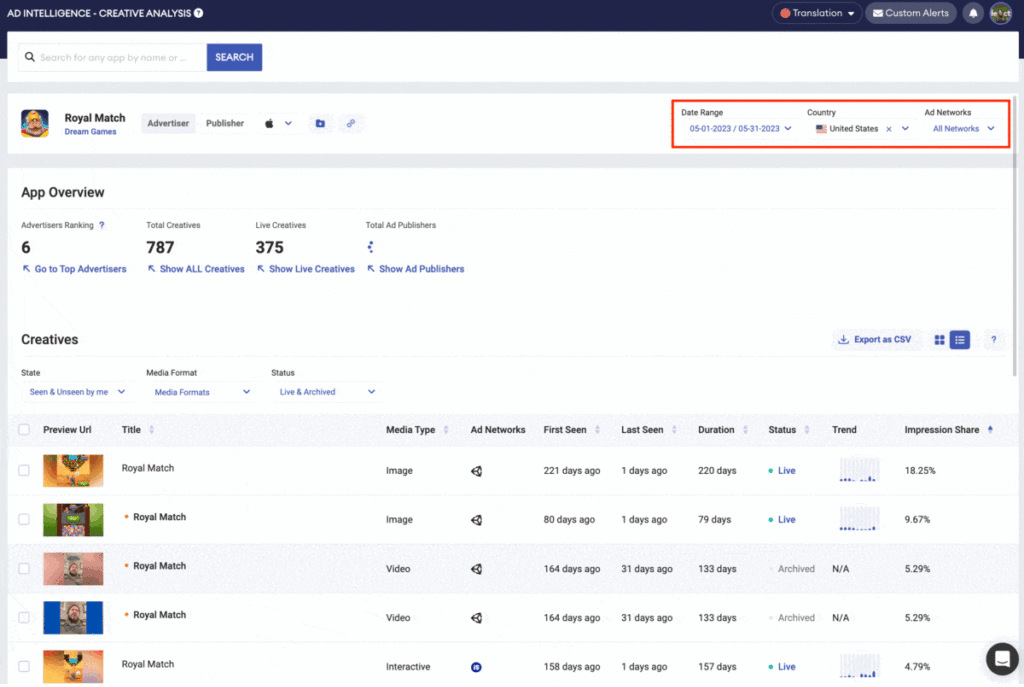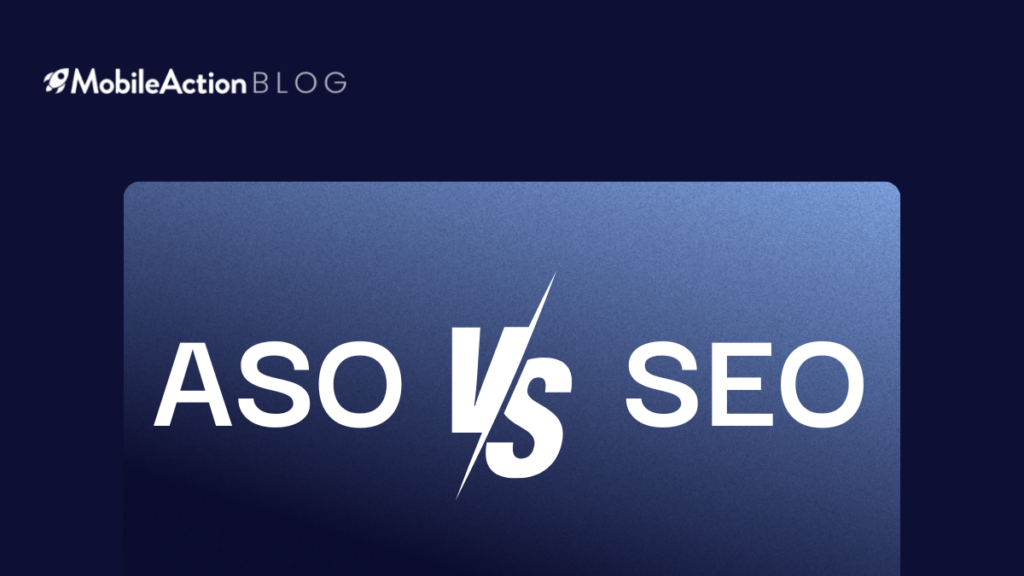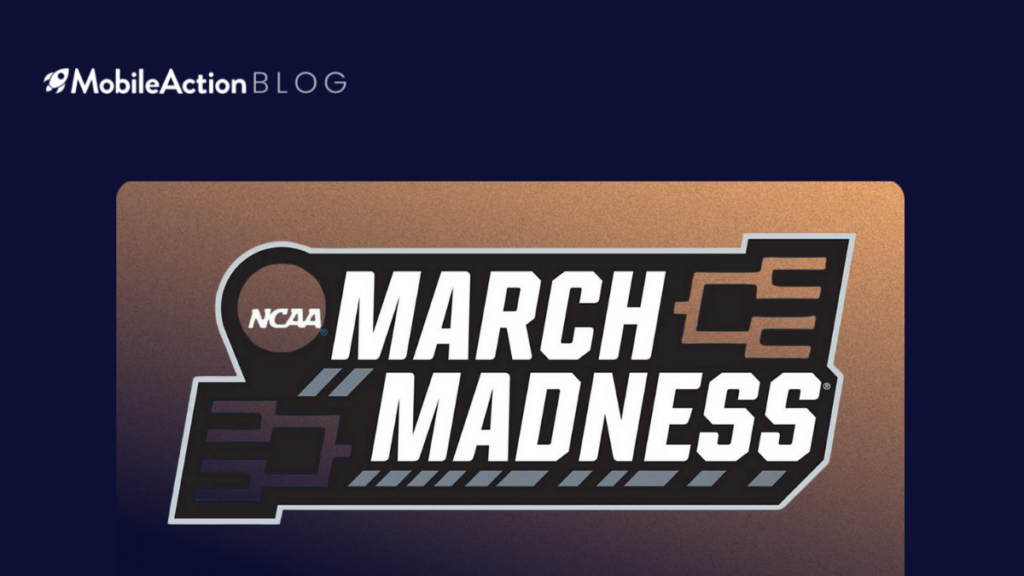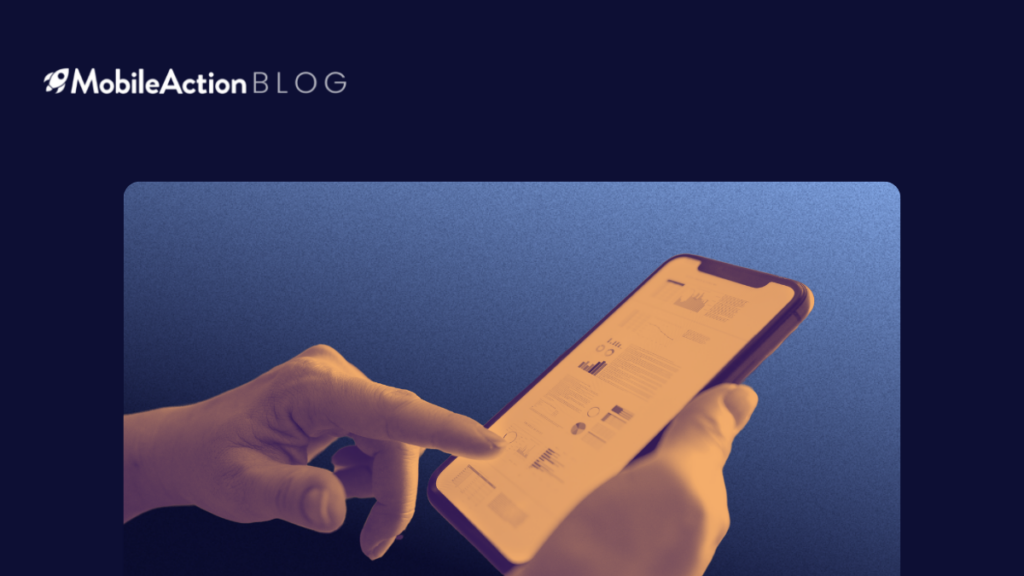Have you ever thought about how many ads a person sees in a day? Or, how many times do you see the same ad over and over? The answers to these questions may signal some serious potential marketing issues.
Ad fatigue, creative fatigue, digital fatigue, marketing fatigue, content fatigue, and media fatigue… Although these all are different concepts, their causes, consequences, and harm to the brand may be the same. Therefore, from a holistic point of view, we can call this issue creative ad fatigue.
What is creative ad fatigue?
Creative ad fatigue is a condition that happens when an audience is exposed to advertisements on a regular basis to the point that they get tired of them and quit paying attention. Consequently, creative ad fatigue appears when the number of times that an audience sees an advertisement crosses an amount that reduces their interest in and engagement with it, decreasing the impact and value of the advertisement.
Consequently, the target audience of the advertisement fails to carry out the desired action, which leads to a decline in the advertiser’s work output. Since nobody wants to put too much marketing budget, time, and effort into an advertisement that generates little to no significant outcomes, creative ad fatigue should be resolved as soon as it is noticed.
Otherwise, this can create an even more serious marketing problem, ad blindness.
Ad blindness can be explained as the extreme form of creative ad fatigue in which the audience of the ad simply quits even recognizing the existence of your advertisement. Ad blindness can be seen as a form of selective attention in which people prioritize specific information while consciously ignoring the significance of marketing messages.
How do you spot ad fatigue?
There can be some signs of the common yet often overlooked symptoms of creative ad fatigue. In today’s fast-paced digital landscape, where consumers are bombarded with countless advertisements, it’s crucial to recognize these symptoms as quickly as possible and take proactive measures to address them. By understanding and recognizing these symptoms early on, you may take your advertising efforts to the next level and make sure your brand stays competitive.
Decreasing Tap-through Rate: The percentage of users who tap on an advertisement after seeing it is referred to as the tap-through rate (TTR). The tap-through rate tends to decrease as a symptom of creative ad fatigue. As the target audience gets more and more bored because of recurrent ads, they show a tendency to not interact with them, resulting in a drop in the tap-through rate.
Increasing Cost per Tap: The total amount of money spent on each unique ad tap is the basic definition of cost per tap (CPT). The impact of the advertisements declines as creative ad fatigue sets in and engagement levels drop. When ads start to lose their effectiveness as a result of creative ad fatigue, advertisers need to spend more of their marketing budget to generate the same level of engagement, which obviously increases the cost per tap.
Decreasing Return on Ad Spend: By comparing the revenue from advertisements to the cost of running those advertisements, the Return on Ad Spend (ROAS) metric is used to assess the success of advertising campaigns. When user engagement and conversions fall as a result of creative ad fatigue, ROAS drops as well. As a result, the effectiveness of advertisements in generating sales or desired activities decreases.
Fewer Impressions: A decline in the number of impressions the advertisement receives is another sign of ad fatigue. Impressions are the number of times a user sees an advertisement. The targeted group for a particular ad may consciously ignore or scroll through ads as they lose interest in them or catch ad-blindness, which reduces the number of impressions. This decline in ad visibility may also have a negative influence on the target audience’s engagement and impact.
Less Engagement: Creative fatigue can be recognized through decreased mobile app user engagement. Users may show less interest in the ads, leading to fewer likes, comments, shares, or other forms of interaction. Here, the ratings and reviews section of the app can be an indicator. A decline in engagement in the ratings and reviews section of the app can be the reason behind creative ad fatigue, which results in lower levels of user interaction with the ad.
These signs together show that an advertisement’s creative components, such as its design, messaging, or general presentation, are no longer as successful at drawing in and holding the audience’s interest. Advertisers may combat creative ad fatigue and tailor their mobile app campaigns for better outcomes by keeping an eye on and fixing these symptoms.
Tips and tricks to cure creative ad fatigue
It’s always the correct time to take action and escape from the clutches of creative ad fatigue. With these five powerful tips, you can simply enhance your advertising strategy. You may overcome the routine and revive engagement with your target audience by taking advantage of the following marketing hacks.
So let’s get started and see how you can breathe new life into your ads, captivate your audience, and regain their attention!
1. Track Ad Performance
Since it is impossible to realize your ads are not performing well without monitoring them, tracking your ads to combat the arising detrimental effects of creative ad fatigue is essential. Therefore, as an advertiser, you should always keep an eye on your KPIs and metrics, such as TTR, CPT, and ROAS.
As previously mentioned in this blog, some KPIs and metrics can be some of the symptoms of potential creative ad fatigue. Taking proactive action and tackling them before creative ad fatigue arises enables you to recognize the problem early and gives you sufficient time to modify your marketing plan accordingly.
You can read our blog to learn about tracking ad performance.
2. Monitor the Frequency
It is highly likely that your target audience will see your ad more than once. If it is shown twice, it is great! However, if the number goes up to sixes, sevens, or maybe even more, this is a problem. Here, you should stop the campaign until further notice. Right after you make the necessary adjustments to reduce this level of frequency, you can start the ad again.
Moreover, if you are running multiple ads and only some of them are problematic in terms of frequency, you can stop the most problematic campaigns, pause the ones with little issues to make necessary adjustments, and maintain the well-performing ones.
3. Enrich, Test, and Rotate
From now on, we all know that showing the same ad too many times to the same people is most likely to cause some creative ad fatigue. One of the easiest ways to avoid this fatigue is to frequently update the background colors of your creative assets. This helps you give the exact same marketing message to the same audience but in a different-looking form.
Furthermore, as you enrich your marketing creative portfolio by creating more and more different designs, you will be able to diversify your ads easily. As a result, this keeps your material current and enables you to tailor your campaigns depending on the most effective advertising.
Another advantage of having a rich portfolio is that it enables your brand to conduct A/B tests. In this way, by analyzing the results of these A/B tests, you can make sure you are showing your target audience the best-performing ads.
4. Use Your Creativity
Therefore, you may need to go beyond small shifts and bring a reformist approach to your marketing plan by using your creative side. For instance, selecting new visuals instead of the current ones could be an option. In this way, your target audience is going to recognize the changes in your ad creatives, which increases the likelihood of getting the desired action from them.
Moreover, if you really believe in the success of your visual assets, you can create new content to add to their success. In the mobile games industry, there are too many developers who promote their apps by using the same visuals but making small adjustments to their keywords. Playing with keywords enables you to experiment with the best-performing ones and provides you with plenty of options to promote your app.
Furthermore, you can tap into seasonal ad trends. In the mobile app industry, as in any industry, different seasons bring different consumer behaviors with them. Therefore, adapting your marketing plan to special events will strengthen your app promotion efforts and increase your app’s visibility and conversions in the app stores.
5. Go Beyond the Competition with MobileAction
Ad Intelligence
You can examine numerous ad networks using the Ad Intelligence tool of MobileAction and find out what creative sets your competitors are using.
So, what are the benefits?
With this tool, you can obtain insightful knowledge about your competitors’ advertising efforts by taking a look at their creatives, impressions, and clicks to understand what works for them. Additionally, you can research the ways in which your rivals distribute their ad creatives around various ad networks, storefronts, and time frames.
In addition, Ad Intelligence enables you to discover helpful data about an app, such as the SDKs it has installed, giving you an understanding of its background with regard to ad publishing and creativity. To quickly locate the apps released by a given developer, you may also filter your results by time, location, and ad network.
You may also learn a lot about the ad ecosystem by employing Ad Intelligence, which can help you recognize the key players across different ad networks and investigate your competitors. The tool allows you to dive deep into a vast library of millions of creatives, enabling you to explore different ad types such as images, videos, and playable ads. You may also uncover the most active app publishers in the in-app advertising market.

These features, combined, empower you to make informed decisions and provide a comprehensive and powerful solution for optimizing your app store presence.
To take your performance level to new heights, click here and access the power of Ad Intelligence!
AdCreative Studio
By using our AI-driven AdCreative Studio, you can choose an ad, determine the size, and create specialized ad creatives specific to your app with ease. With just one click, these creatives dynamically include app reviews, keywords, and descriptions. This simplifies the process of producing unique and convincing pictures for the marketing materials for your application.
In addition, you can expand the audience for your app’s story with the help of our AI Story Builder. Simply provide a prompt, and our tool will create an engaging video description with options for voiceover or multilingual captions. With the help of this feature, the marketing for your app will tell a better story and appeal to a wider audience.
To sum up, the features of AdCreative Studio provide you with the ability to design influential and efficient marketing materials for your app, which leads to an increase in user engagement and conversion rates.
Deep dive into transforming your marketing strategy with AdCreative Studio with one of our latest blog posts.
Do not forget to subscribe, get early access, and be among the first to experience the game-changing capabilities of AdCreative Studio. Also, if you have not yet started using the MobileAction platform, sign up for free to skyrocket your app marketing!




